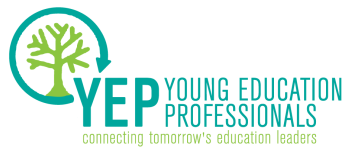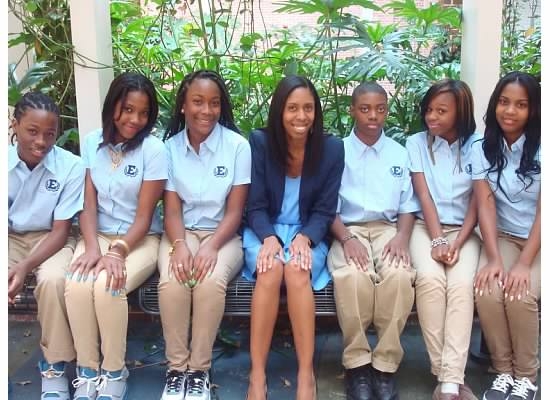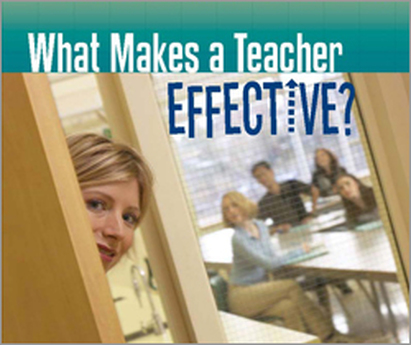 Courtesy of New York Daily News
Courtesy of New York Daily News Now, more than 5,600 charter schools in the United States serve more than two million students. Every one of those schools has a stated mission that serves as a creed to distinguish their approach. But divided, they’ve lost sight of the broader picture: the mission of the charter school movement first envisioned by Shanker.



 RSS Feed
RSS Feed